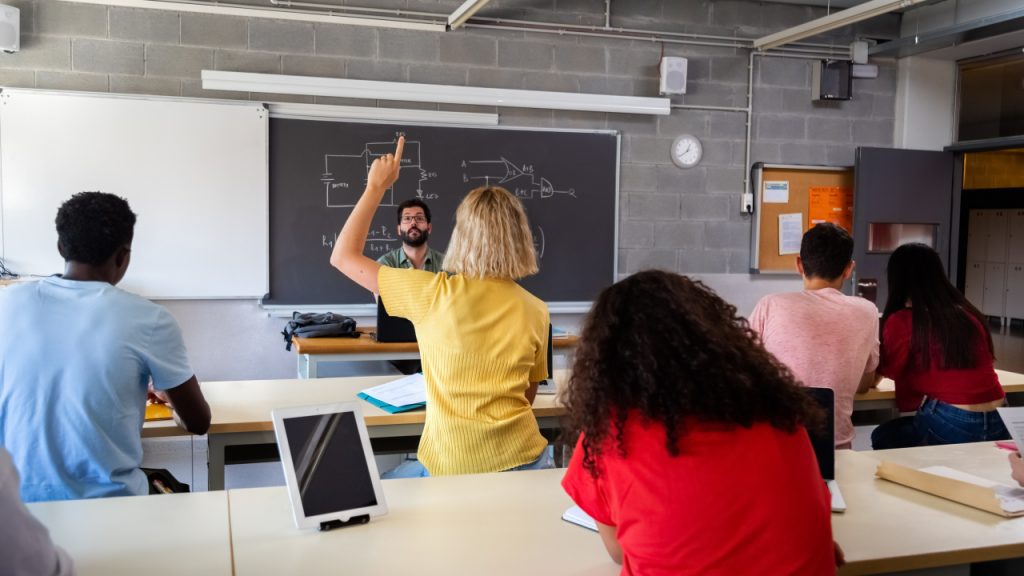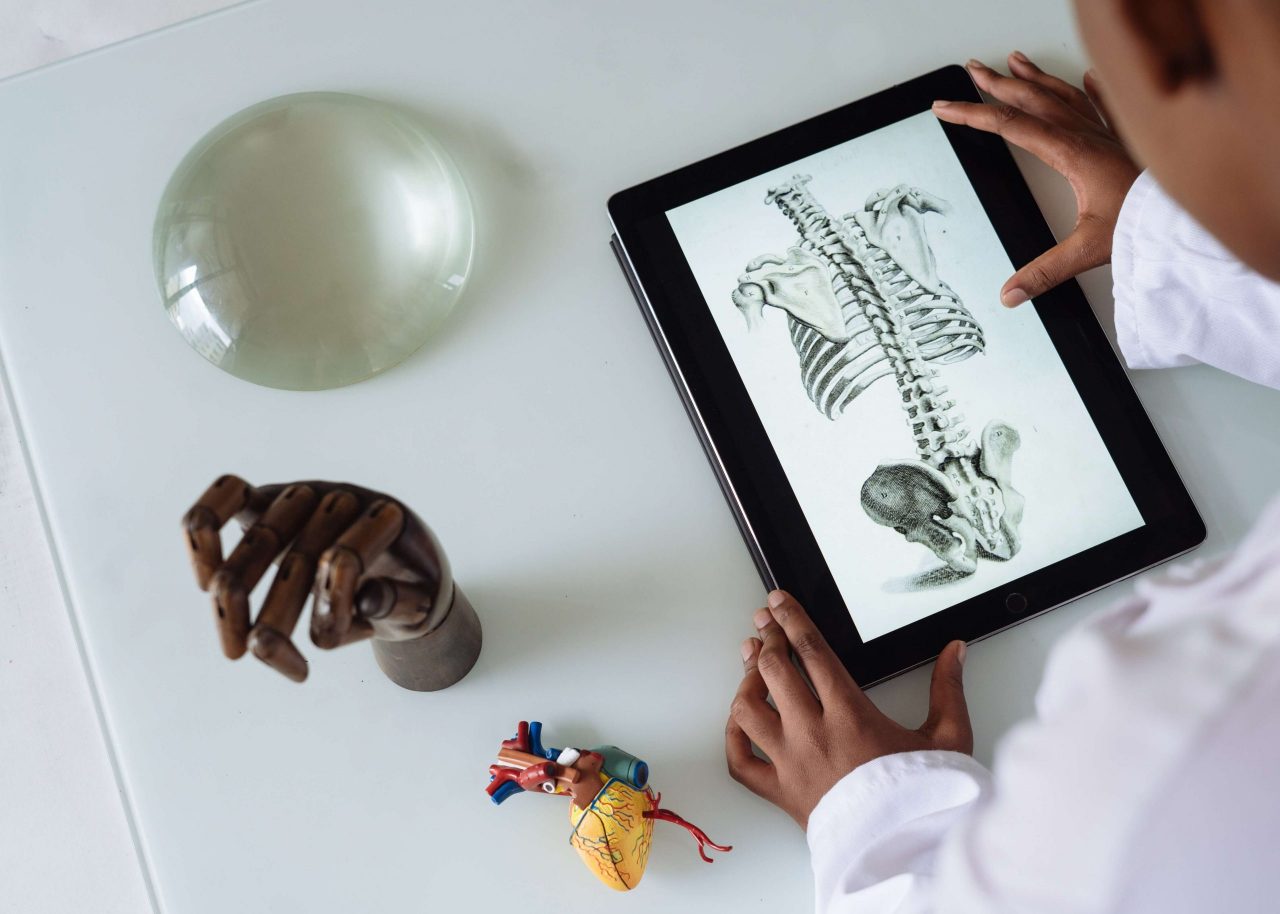Key Takeaways
- Conceptual understanding means grasping the “why” behind ideas, not just memorizing facts or procedures
- It involves connecting new knowledge to existing understanding and applying it flexibly across contexts
- Teachers can develop conceptual understanding through active learning, real-world examples, and peer discussion
- Common challenges include overreliance on standard examples and ignoring students’ prior knowledge
- Strong conceptual understanding improves long-term retention and supports lifelong learning
The world we live in today is changing rapidly; new concepts, ideas, and developments are being brought forward every day. How we learn and teach should adapt to the changes, and we must be ready to move forward. This is where conceptual understanding comes in handy for students.
Instead of employing the more conventional approach of focusing on learning facts, conceptual learning involves students engaging in high-quality learning experiences built around important concepts and essential ideas. If you want to learn more about conceptual learning, keep reading as we discuss what it is and its importance in today’s world.
What Is Conceptual Understanding?
The method “conceptual understanding” refers to a thorough and practical understanding of mathematical, scientific, or other concepts. Understanding concepts allows students to see beyond single facts and approaches. They understand why a mathematical issue is vital and how it can be applied in various contexts.
Conceptual understanding is essentially about learning more than isolated facts; it is about understanding the relationships between those facts and having them arranged correctly.
Key Characteristics of Conceptual Understanding
Understanding what conceptual understanding looks like in practice helps educators recognize and cultivate it in their classrooms.
Students with conceptual understanding see relationships between different concepts rather than treating each topic as isolated information. They recognize how new material builds on what they’ve already learned and can draw connections across subject areas.
Instead of focusing solely on procedures and steps, conceptually strong learners ask why methods work. They understand the underlying principles that make a formula effective or a process successful. This deeper questioning leads to more flexible thinking.
Conceptual understanding allows students to apply their knowledge in varied contexts. They can take what they’ve learned in one situation and adapt it to solve problems in completely different scenarios, a hallmark of true comprehension.
When students understand the “why” behind information, they retain it longer. Conceptual learning creates stronger neural pathways than rote memorization, making knowledge more accessible and durable over time.
Students who grasp concepts can identify overarching principles and patterns. They move beyond specific examples to understand broader themes that apply across multiple situations.
How to Develop Conceptual Understanding

Building conceptual understanding requires intentional teaching strategies that go beyond traditional lecture and memorization.
Encourage active learning through questioning, exploring, and connecting ideas
Create opportunities for students to discover concepts through inquiry rather than simply receiving information. Ask open-ended questions that prompt deeper thinking: “Why do you think that works?” or “How is this similar to what we learned last week?” Give students time to explore problems before providing solutions.
In addition, Visual representations help students see relationships between ideas. Concept maps, flowcharts, and diagrams make abstract concepts more concrete. Connect lessons to real-world applications that students care about, show how math applies to cooking, how science explains everyday phenomena, or how historical patterns repeat in current events.
When students explain concepts to each other, they strengthen their own understanding. Create structured opportunities for peer teaching, group problem-solving, and collaborative discussions to foster a culture of learning. Encourage students to verbalize their thinking process: “Talk me through how you arrived at that answer.“
Activate prior knowledge before introducing new concepts. Ask students what they already know about a topic and build from that foundation. Make explicit connections between new material and previously learned concepts, helping students see the bigger picture of how knowledge interconnects.
Challenges in Achieving Conceptual Understanding
Achieving conceptual learning is not always easy. Some of the challenges teachers and students go through are as listed below:
Overreliance on standard examples
Repeating the same standard examples may give students the wrong idea of the concept. Squares, for example, are rarely drawn in any other orientation except with a horizontal foundation. If the shape is turned, students may conclude that it is not a square.
When trying to employ conceptual understanding would be helpful for teachers to come up with more original examples and play around with them.
Ignoring students’ prior knowledge
The teacher’s (often unconscious) assumption that students’ minds are a “blank slate.” When teachers educate without acknowledging students’ prior mental models, students may hold to unscientific views while producing ‘right answers’ on exams. For instance, a student may maintain his earlier theory that “heavier objects fall quicker,” even though the equations of motion learned in school contradict that assumption. Or, some students will swear that 3.24 is bigger than 4.6 since it has more digits. Why? Because, for the first few years of study, they only encountered whole numbers when the ‘digits’ rule was applicable.
Checking and questioning students about their prior knowledge on a given topic would help avoid this challenge.
Lack of connection between topics
Lack of encouragement to make connections between different things students learn. Let’s suppose students are asked whether heavy or light objects fall faster. If they presumably stated that the sheet of paper would fall faster than the book, are they asked additional questions? If the teacher doesn’t ask to look at the equations of motion and reconcile their answers with the implications of the equations, the conceptual understanding will fail. This failure comes as a consequence of the lack of encouragement to make any sort of connection between topics. Using follow-up questions to students’ answers would be a simple solution to this.
Examples of Conceptual Understanding
Seeing conceptual understanding in action across different subjects helps clarify what it looks like in practice.
Understanding the pythagorean theorem: Instead of simply memorizing the formula a² + b² = c², students with conceptual understanding explore why it works. A teacher might challenge students to draw a square and measure its diagonal, then compare it to the side length. Next, students estimate and construct a square with a diagonal of exactly 5 cm to test their reasoning.
Interested in pursuing a degree?
Fill out the form and get all admission information you need regarding your chosen program.
This will only take a moment.
Message Received!
Thank you for reaching out to us. We will review your message and get right back to you within 24 hours.
If there is an urgent matter and you need to speak to someone immediately you can call at the following phone number:
- We value your privacy.
This hands-on approach helps students understand that the Pythagorean theorem describes a fundamental relationship in right triangles, not just a formula to memorize. They see how it connects to geometry, measurement, and even real-world applications like construction and navigation.
Understanding photosynthesis: Rather than memorizing the chemical equation, students develop conceptual understanding by exploring why plants need sunlight, water, and carbon dioxide. They might design experiments to observe what happens when plants lack one of these inputs, connecting the process to energy transfer and the carbon cycle.
Understanding metaphor: Beyond identifying metaphors in literature, conceptual understanding means recognizing why authors use metaphorical language and how it creates meaning. Students explore how metaphors shape thinking and appear across different texts, cultures, and even everyday speech.
Why Conceptual Understanding Matters in Lifelong Learning

Strong conceptual understanding doesn’t just help students succeed in school but also prepares them for continuous learning throughout their lives.
It helps to organize knowledge into a logical structure, allowing students to learn new concepts by connecting them to what they already know. Understanding the concepts also helps retention because facts and methods gained through comprehension are easier to recall and apply and may be reconstructed if lost.
Conceptual understanding can also help students overcome anxiety and gain confidence in their studying abilities. This is true even for young students who are generally not apprehensive but become concerned when faced with particular problems. Via conceptual understanding, students may use the concept to discern what the word problem means, reason logically, and effectively use what they have learned to solve whatever complex challenges they may confront.
Career readiness. When people perform in the job, they frequently act based on preliminary information, assumptions, and understandings about a particular situation. Sometimes, individuals don’t have all the relevant information and must be guided on how to make the correct decision. This is where conceptual comprehension and associations come into play. When information is unavailable, people must rely on conceptual understandings and associations developed about related topics to make decisions.
Following are a few additional advantages of conceptual learning:
- Encourages understanding of concepts rather than memorization.
- Conceptual understanding is flexible and allows for continuous improvement.
- Concentrates on the outcome of the learning process.
- Helps to relate new information to past knowledge, resulting in higher information retention.
- Content changes all the time; concepts do not. Conceptual learning progresses in terms of format but not the fundamental concept.
Students benefit from conceptual understanding in almost every situation. Such students are more productive and efficient when dealing with complex problems and concerns.
The Bottom Line
Conceptual understanding transforms education from memorization to meaningful learning. When students grasp the “why” behind concepts, they develop flexible knowledge they can apply throughout their lives.
If you’re passionate about shaping how future generations learn, consider advancing your expertise with a Master of Science in Education or Doctor of Education degree at the University of the Potomac. These programs equip educators with research-based strategies to improve student learning outcomes and develop the kind of conceptual understanding that truly prepares students for success.
Ready to take your teaching skills further? Explore how our education programs can help you become the kind of teacher who transforms how students think and learn.
Frequently Asked Questions
How does conceptual understanding impact retention?
It greatly improves long-term retention by connecting new information to existing knowledge. When ideas make sense conceptually, they’re easier to remember and reconstruct, unlike isolated facts that fade quickly.
Can conceptual understanding be taught?
Yes. Teachers foster it through various study techniques, such as inquiry-based learning, encouraging explanations, highlighting connections, and using diverse examples. The goal is for students to actively build understanding, not just memorize.
Who needs strong conceptual understanding?
Everyone. It supports academic success, professional adaptability, and informed decision-making. It’s especially vital in fields that demand critical thinking, creativity, and problem-solving.







